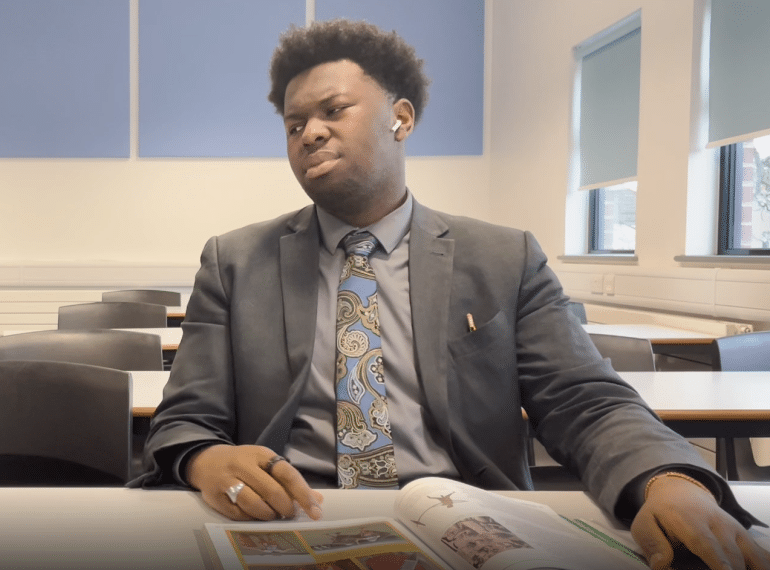
With the BAFTAs fresh in everyone’s mind, QE’s stars of the small screen have been picking up their own awards for their work to help fellow pupils.
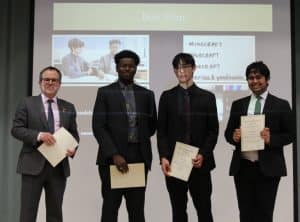 In a first for the School, QE’s team of peer mentors this year produced a series of short videos to share their wisdom and experience with younger pupils, providing useful tips and advice on topics ranging from coping with stress to how to use a homework diary.
In a first for the School, QE’s team of peer mentors this year produced a series of short videos to share their wisdom and experience with younger pupils, providing useful tips and advice on topics ranging from coping with stress to how to use a homework diary.
To reward these senior pupils’ talent and commitment, the best of their work was recognised in an informal awards ceremony, when a number of prizes were awarded.
Headmaster Neil Enright said: “Over the years, our teams of peer mentors have made, and continue to make, a great contribution as a much-valued part of the wider support network at the School. Both mentors and mentees routinely take a lot away from these relationships.
“There was great creativity and skill on display in these bite-sized videos, which communicated some very important and insightful messages. Everyone involved with any of the videos should be proud of their efforts and the way they are helping to support others.”
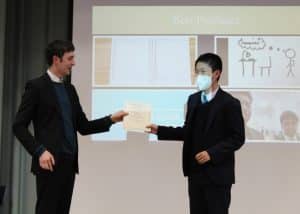 The peer videos project was organised by Head of Extra-curricular Enrichment Rebecca Grundy and Head of Year 10 Micah King, with the explicit purpose of widening the number of pupils who could benefit from the guidance of peer mentors. The peer mentors began working on their films in November, each selecting a topic that had been identified as a need for pupils within the School, and then teamed up to script, film and edit their videos.
The peer videos project was organised by Head of Extra-curricular Enrichment Rebecca Grundy and Head of Year 10 Micah King, with the explicit purpose of widening the number of pupils who could benefit from the guidance of peer mentors. The peer mentors began working on their films in November, each selecting a topic that had been identified as a need for pupils within the School, and then teamed up to script, film and edit their videos.
“The boys worked incredibly hard together to produce such high-quality videos, and one particular joy of this project was watching older and younger peer mentors collaborate to share their wisdom with our QE community,” said Mr King. “Each team had to create project proposals and submit multiple drafts of their videos – and the end results speak for themselves: they are an excellent collection of videos and the boys are a credit to the School.”
- The award for best film overall went to the Year 13 team of Paul Ofordu, Miguel Nieves, Manomay Lala-Raykar and Aadarsh Khimasia, which Paul and Manomay directed, with Paul additionally producing and editing the video, Managing Stress and Anxiety. Paul also took the best actor award for his role in the three-minute production (pictured top). To combat stress, they recommended meditation, journalling, controlling one’s own social media use, sleep and healthy eating. The judges’ comments were: “This film combined superb advice, with great editing, cinematography, acting and presenting. The Year 13 producers of this film are a credit to this school, and their film epitomises the wonderful help, wisdom and guidance they have given to QE. “The judges also commented that: “Paul is a great role model for students on camera. His acting skills are compelling, while he presents great advice wonderfully.”
 Adam Khaliq and Rudra Thakkar, both of Year 12, won the award for best cinematography with their film, Making friends at QE. “This award was given in recognition of the joy that was captured on film,” the judges wrote. “This advice guide would cheer and support students who are struggling, and the filming was creative and adventurous.”
Adam Khaliq and Rudra Thakkar, both of Year 12, won the award for best cinematography with their film, Making friends at QE. “This award was given in recognition of the joy that was captured on film,” the judges wrote. “This advice guide would cheer and support students who are struggling, and the filming was creative and adventurous.”- The best editing award went to Shuaib Adam, of Year 11, whose film was entitled How to prepare a study space at home. The citation for this was: “When we first watched this, Ms Grundy remarked that you could imagine seeing this on the BBC. Superb use of speed up/slowed down footage, great voiceovers and text overlay. A masterful piece of editing.”
- The best producer award went jointly to the Year 12 pair of Haipei Jiang and Nivain Goonasekera, for How to manage your homework. It was, the judges wrote, an “Excellent stop motion video, which combined great advice with a fun, entertaining and wonderfully produced guide.”
- Darren Lee, of Year 11, was also recognised for his graphic design, with the judges commenting that this work was: “Creative and professional. Darren’s graphic design is outstanding, managing to maintain the School’s branding in his banner, while demonstrating his own creativity in the buttons he designed.”
All the videos are in the support and advice section of eQE, the School’s e-platform and learning platform.
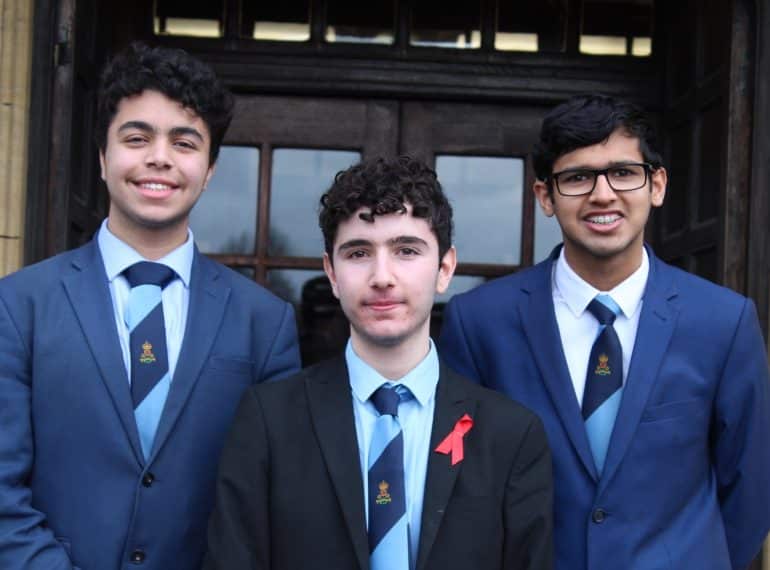
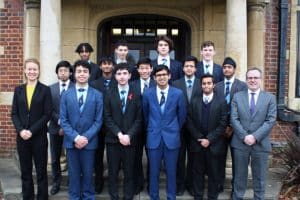 Headmaster Neil Enright said: “My congratulations go to all who have been appointed to this, our largest-ever group, reflecting the current size of our Sixth Form. There were very many strong candidates.
Headmaster Neil Enright said: “My congratulations go to all who have been appointed to this, our largest-ever group, reflecting the current size of our Sixth Form. There were very many strong candidates.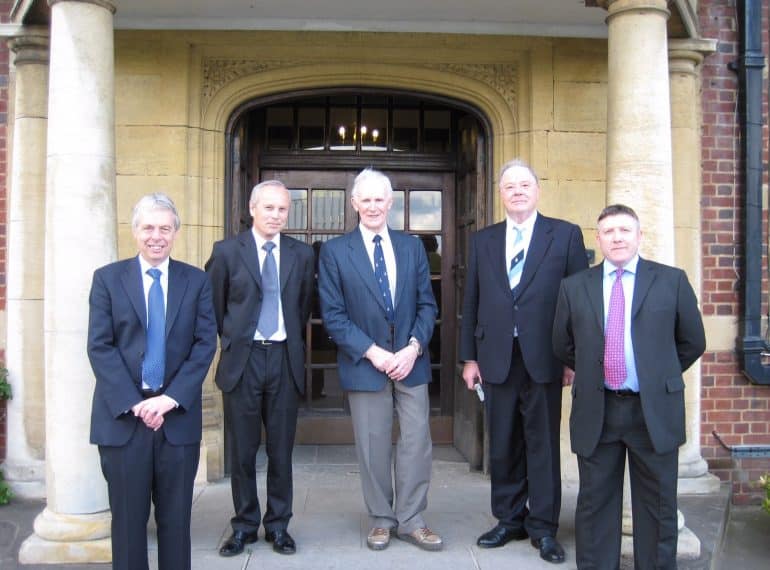
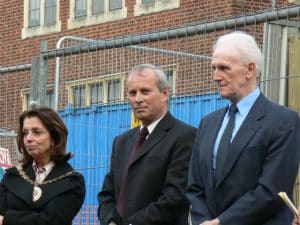 Mr Enright’s predecessor, Dr John Marincowitz, Headmaster from 1999 to 2011, said: “I am saddened to hear of Sid Clark’s death. His enormous contribution as an educator over three decades in the Chemistry labs benefitted many boys. It was however, as Trustee and Governor for much of my Headship that I appreciated Sid most. He gave dedicated service as treasurer, securing FQE’s finances at a time of rapid growth and challenging capital projects. As Governor, he provided wise counsel and stalwart support.
Mr Enright’s predecessor, Dr John Marincowitz, Headmaster from 1999 to 2011, said: “I am saddened to hear of Sid Clark’s death. His enormous contribution as an educator over three decades in the Chemistry labs benefitted many boys. It was however, as Trustee and Governor for much of my Headship that I appreciated Sid most. He gave dedicated service as treasurer, securing FQE’s finances at a time of rapid growth and challenging capital projects. As Governor, he provided wise counsel and stalwart support.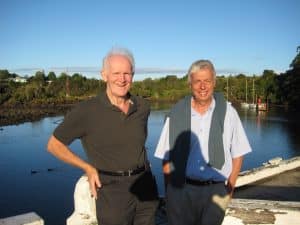 Mr Houston, who remained in touch with Mr Clark and visited him in New Zealand (pictured left), where he moved in 2008, said: “Sid was so proud of the School’s outstanding achievements but it is true that he had a huge part to play in making this possible. He never sought any credit for his many contributions, but we should acknowledge with gratitude all he did over many years. He leaves a wonderful legacy.”
Mr Houston, who remained in touch with Mr Clark and visited him in New Zealand (pictured left), where he moved in 2008, said: “Sid was so proud of the School’s outstanding achievements but it is true that he had a huge part to play in making this possible. He never sought any credit for his many contributions, but we should acknowledge with gratitude all he did over many years. He leaves a wonderful legacy.”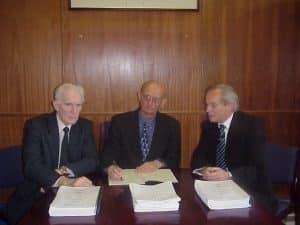 His total commitment to the School did not diminish in the slightest following his retirement in 1987. After QE opted out of local authority control in 1989, he became a Governor, serving for a period as Vice Chairman, and he unfailingly attended all School functions. He worked on a number of sub-committees and was an influential figure in the School regaining selective status in 1994.
His total commitment to the School did not diminish in the slightest following his retirement in 1987. After QE opted out of local authority control in 1989, he became a Governor, serving for a period as Vice Chairman, and he unfailingly attended all School functions. He worked on a number of sub-committees and was an influential figure in the School regaining selective status in 1994.
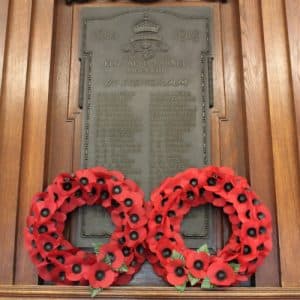 The cadets paraded into the Crush Hall, the area just outside the Main Hall, at 10.55am to take up their positions ahead of the 11am silence. They were led by Cadet Staff Sergeant Lucas Lu, of Year 13, who gave the commands and laid the wreath at the World War I memorial on behalf of the CCF and School.
The cadets paraded into the Crush Hall, the area just outside the Main Hall, at 10.55am to take up their positions ahead of the 11am silence. They were led by Cadet Staff Sergeant Lucas Lu, of Year 13, who gave the commands and laid the wreath at the World War I memorial on behalf of the CCF and School.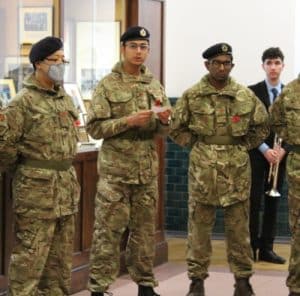 “In saluting th0se Elizabethans from generations past who gave their lives for a cause greater than themselves, we firstly pay tribute to their sacrifice and secondly encourage our current pupils to reflect on the School’s long and continuing tradition of service.”
“In saluting th0se Elizabethans from generations past who gave their lives for a cause greater than themselves, we firstly pay tribute to their sacrifice and secondly encourage our current pupils to reflect on the School’s long and continuing tradition of service.”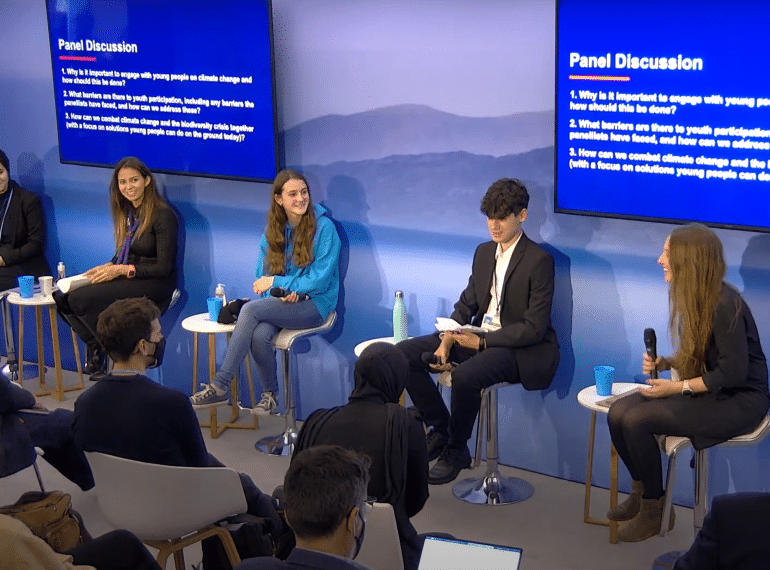
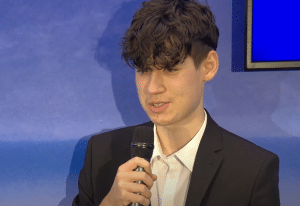 “I feel national school campaigns on climate change awareness can be a big factor in the younger generation learning about what impacts they have on the climate and how they can help mitigate and stop climate change,” Toma told other members of the five-strong panel and the assembled audience in Glasgow.
“I feel national school campaigns on climate change awareness can be a big factor in the younger generation learning about what impacts they have on the climate and how they can help mitigate and stop climate change,” Toma told other members of the five-strong panel and the assembled audience in Glasgow.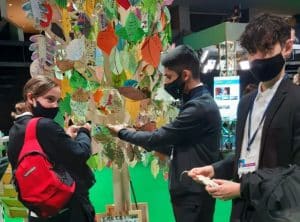 Reflecting on his experience after returning to School, Toma said that being at COP 26 with delegates and leaders from around the world was “surreal”, but noted that there were “lots of different people with the same ambitions”. Asked about the prevailing mood, Toma said: “People were secretly optimistic, outwardly expecting the worst, but hoping for the best.”
Reflecting on his experience after returning to School, Toma said that being at COP 26 with delegates and leaders from around the world was “surreal”, but noted that there were “lots of different people with the same ambitions”. Asked about the prevailing mood, Toma said: “People were secretly optimistic, outwardly expecting the worst, but hoping for the best.”
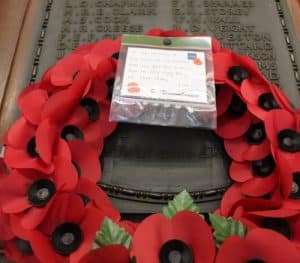 Commissioned at a time when the horrors of the ‘war to end all wars’ were still fresh in the memory, the tablet records the names of 48 Elizabethans who died in the conflict. The memorial may be seen in the ‘crush hall’ of the Main Building, close to the main entrance and Reception.
Commissioned at a time when the horrors of the ‘war to end all wars’ were still fresh in the memory, the tablet records the names of 48 Elizabethans who died in the conflict. The memorial may be seen in the ‘crush hall’ of the Main Building, close to the main entrance and Reception.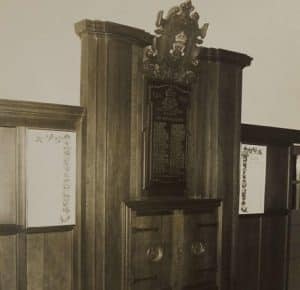 According to the order of service published for the service of dedication, a copy of which
According to the order of service published for the service of dedication, a copy of which